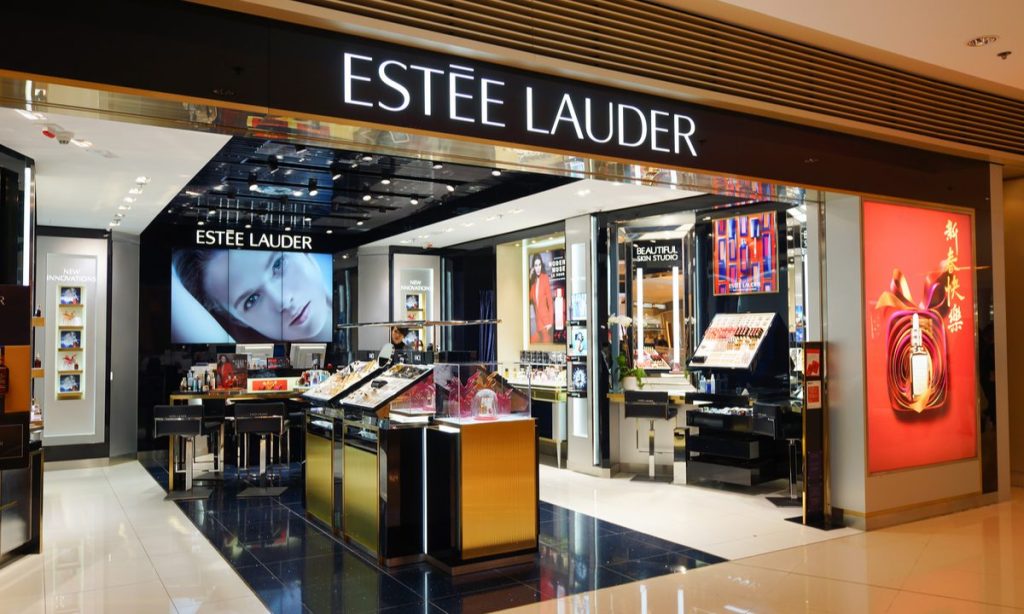Estée Lauder Companies Inc. has announced that its board has declared a dividend of $0.66 per share, scheduled for disbursement on December 15th. The declared yield stands at 2.1%, which is noteworthy given the company’s historical payout ratios, which have soared as high as 172%. This high payout ratio, alongside challenges in generating free cash flow, suggests that the beauty giant has been returning more money to shareholders than it has earned.
Despite these concerns, Estée Lauder has demonstrated a strong track record of dividend growth and stability over the past decade. Since 2013, the company’s dividends have consistently increased from $0.72 to $2.64 annually, representing an average growth rate of about 14% per year. This consistent increase reflects a commitment to shareholder returns and has contributed to investor confidence in the company’s financial health.
However, Estée Lauder’s earnings performance presents a mixed picture. The company has experienced an annual decrease in earnings per share (EPS) at a rate of approximately 14% over the last five years. This decline in EPS raises questions about the sustainability of future dividends. Despite this downward trend, analyst projections offer a glimmer of hope, suggesting that earnings may improve next year. Such an improvement could potentially lower the payout ratio to a more sustainable level around 48%, alleviating concerns about the company’s ability to maintain its dividend payments without compromising financial stability.
Investors considering Estée Lauder for long-term income investment opportunities should weigh these factors carefully. The historical payout practices and recent financial performance warrant caution, but the projected earnings improvement provides a basis for optimism. As investors look ahead, they will be closely monitoring the company’s ability to align its dividend policy with its financial performance to ensure that it can continue to provide stable returns without undermining its long-term growth prospects.



